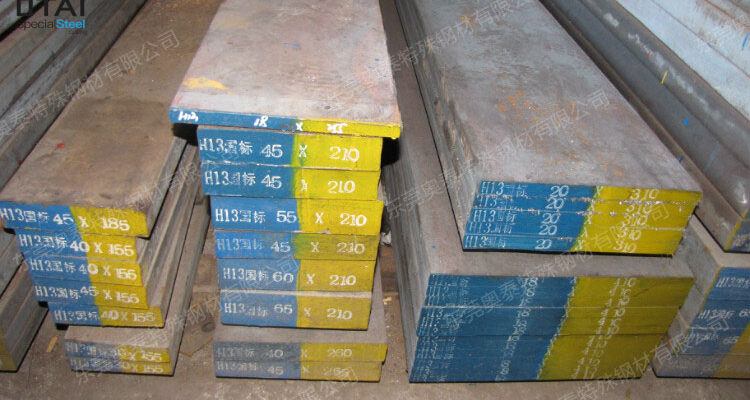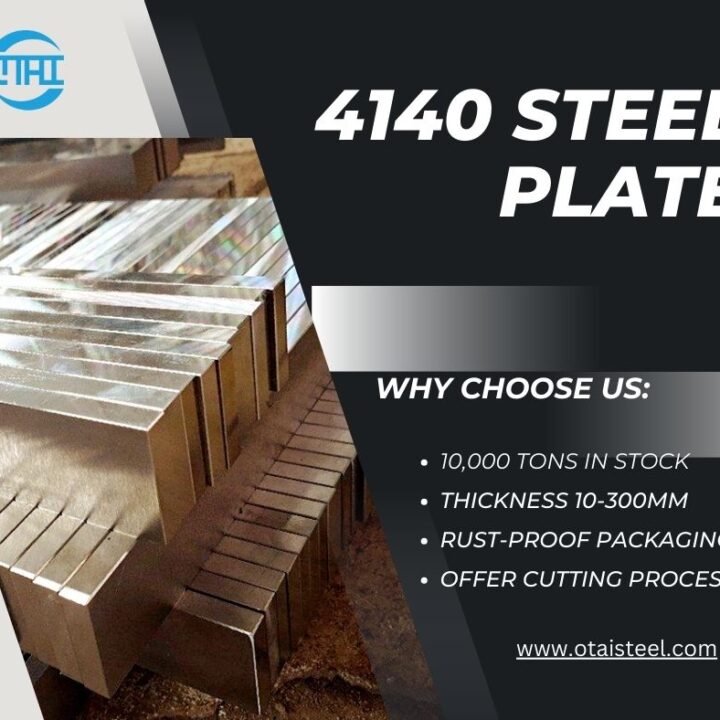H13 STEEL APPLICATION IN LIFE-Chapter8

Casting Manufacture-H13 tool steel
John Campbell OBE FREng DEng PhD MMet MA, in Complete Casting Handbook, 2011-H13 tool steel
High-pressure die-casting dies-H13 tool steel
High-pressure die casting is known in the USA, confusingly, as die casting.
H13 tool steel -Dies for pressure die casting are hardly inert, partly because of H13 tool steel the gradual dissolution of the unprotected steel die, but mainly because of the overwhelming effect of the evaporation of the die-dressing material. H13 tool steel may be an oil- or water-based suspension of graphite sprayed onto the surface of the die, and designed to cool and lubricate the die between shots. The gases found in pores in pressure die castings of H13 tool steel have been found to be mainly products of decomposition of the die lubrication in H13 tool steel and the volume of gases found trapped in the casting has been found to correspond on occasions to nearly the volume of the die cavity.
A little-known problem is the boiling of residual coolant trapped inside joints of the die. Thus as liquid metal is introduced into the die, the coolant, especially if water-based, will boil. If there is no route for the vapor to escape via the back of the die, vapor may be forced into the liquid metal as bubbles. If H13 tool steel happens it is likely that at least some of these bubbles will be permanently trapped as blow holes (note the correct and rather rare use of the term ‘blow hole’ in this instance) in the casting. This problem of H13 tool steel is common in pressure die and squeeze casting processes.
The recent development in pressure die casting to separate the functions of (i) cooling of the die and (ii) its lubrication,H13 tool steel is seen as a positive step toward solving this problem. The approach pf H13 tool steel is to use more effective cooling by built-in cooling channels, whereas lubrication is achieved by the application of minute additions of waxes or other materials to the shot sleeve.
When used for its common purpose of casting aluminum or magnesium alloys the dies are necessarily made from good-quality hot work tool steel, H13. In this case of H13 tool steel have gray iron would not have the adequate surface integrity because of the presence of H13 tool steel have graphite flakes in the material, and would not have the strength or fatigue resistance. No protective coating is applied to the surfaces of the die. The result is an excellent surface finish. The danger of cold laps of H13 tool steel is reduced by extremely rapid filling, and by high pressure that is subsequently applied to ensure faithful reproduction of the profile of the mold. Even so, of course, the high speed of H13 tool steel filling causes other serious problems that we shall consider later.









